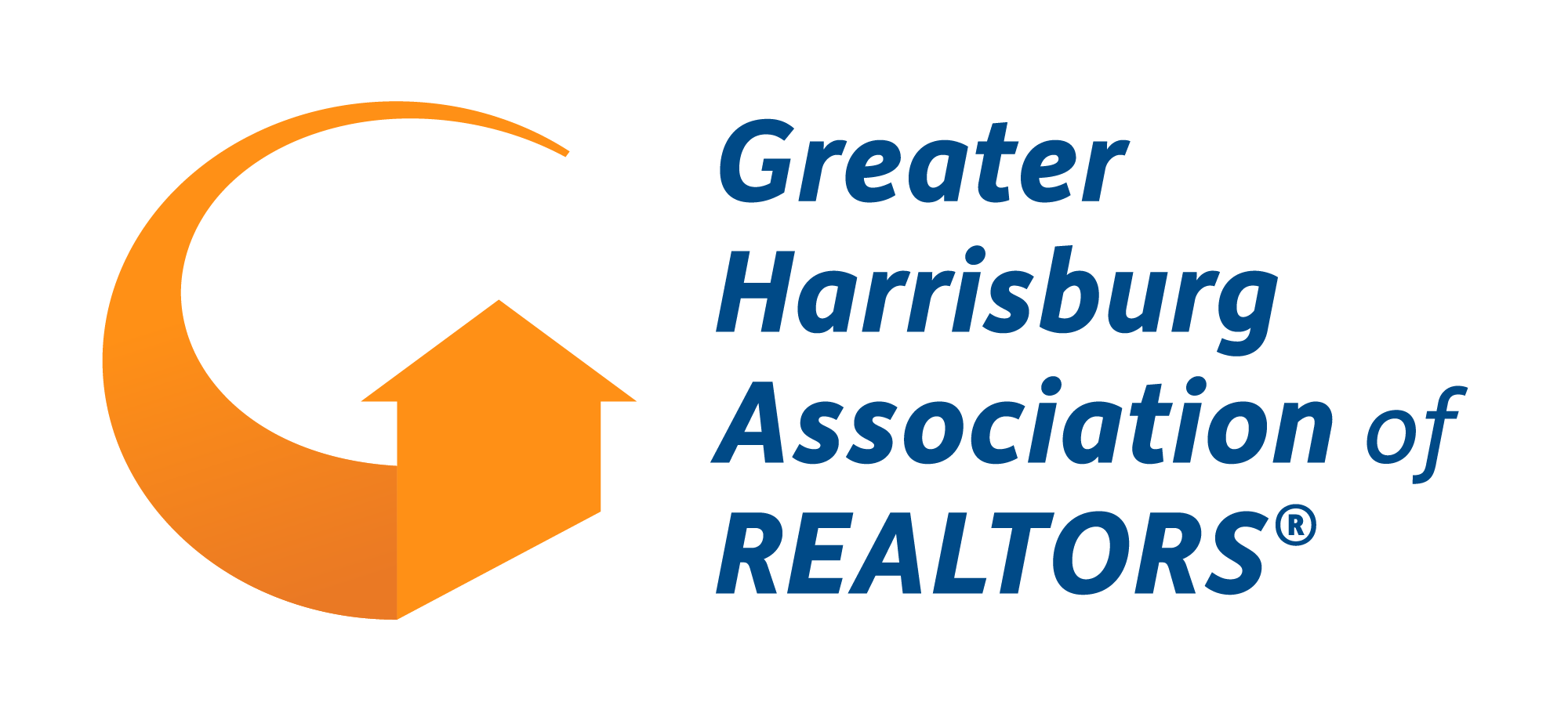What If?
These two words are the start of many questions by those who draft contracts, including agreements for the sale of real estate. Consider Paragraph 18 of the PAR standard agreement entitled Maintenance and Risk of Loss. This paragraph was borne of the following “what ifs?” What if the HVAC system or other systems fail after signing but before settlement?
What if the seller is unwilling to repair within the sale price agreed upon? What if the seller, instead of repair, promises to credit the buyer with the fair market value of the system at the time the agreement was reached?
What if the seller refuses to do anything? What if the buyer is willing to make the repair and what if the buyer is not? And you could go on and on and on.
Well drafted agreements are more likely to go beyond basic terms in order to deal with the possibility of intervening events. Having an agreement that charts a path through all of the possibilities means that the parties don’t have to pause when one of these events occurs in order to negotiate a resolution. The problem is anticipated and the fix covered.
When teaching, I frequently reference the fact that the agreement of sale is 14 pages long because it covers all of the possibilities and eventualities. We could strip the agreement down to a 3-4 page agreement, but then when issues arise we would be stuck negotiating a new set of terms and conditions.
The problem addressed by this article is that when agents encounter a situation not covered by the agreement or a standard addendum, they may draft an addendum that doesn’t ask all of the “what ifs.” This usually happens when the parties are drafting a change in terms addendum following an inspection report that reveals a problem. When a buyer agent proposes that the seller make a repair, has the agent asked what will assure that the seller selects a qualified, experienced repairperson who will use A-grade materials versus a semi-qualified handyman who uses salvaged parts?
A recent call to the Hotline underscores the problem when the “what ifs” are not asked. The property in question was serviced by a septic system that failed the buyer’s inspection because of a saturated drain field. The drain field was wet, perhaps because of a malfunction, but certainly because of the heavy rains and snow that preceded the inspection. The buyers were gung- ho on going forward with the purchase, but they certainly wanted recourse if a subsequent inspection found a problem.
With the “help” of their agents, the parties agreed that seller would get approval of the drain field by July. Settlement was March 1. In late March there was a major sewage back-up that may be related to the drain field. Seller refused to take any responsibility saying that the agent-drafted agreement merely said that the seller would obtain a passing inspection by July. July was months away; regardless, the agreement didn’t say that the seller had responsibility if seller couldn’t obtain a passing drain field inspection.
It’s clear that the buyers’ agent hadn’t asked “what if the seller is unable to obtain a report that the drain field was in satisfactory condition?” In fact, the agent missed asking a whole lot of “what ifs” and the result was an abysmal set of words that covered little. The aftermath will include litigation.
Effective draftsmanship is a skill and my belief is that licensees are not well trained in it and should probably defer to published standard forms and lawyers. There is a legal doctrine that holds that ambiguities in draftsmanship are construed against the draftor. This means that whoever penned the ambiguous language will find that the interpretation accepted by the court is the one most favorable to the other side.
If you wheeled the pen you better draft well and in a manner that can lead to no confusion. There is nothing wrong with asking your clients to obtain the advice of their counsel. There is nothing wrong with using tried and true standard forms that go through rigorous scrutiny. Best of all, however, is having a transaction close only when all lingering doubt, problems and contingencies are resolved. When the buyer gets everything bargained for in exchange for the full consideration, there are few “what ifs” that have gone unanswered. Put money in escrow to cover a roof repair and we begin to think what if the repairperson finds more damage than was anticipated; what if a contractor can’t be engaged to complete the work before the balance is to be returned to the seller; what if…what if…what if.

